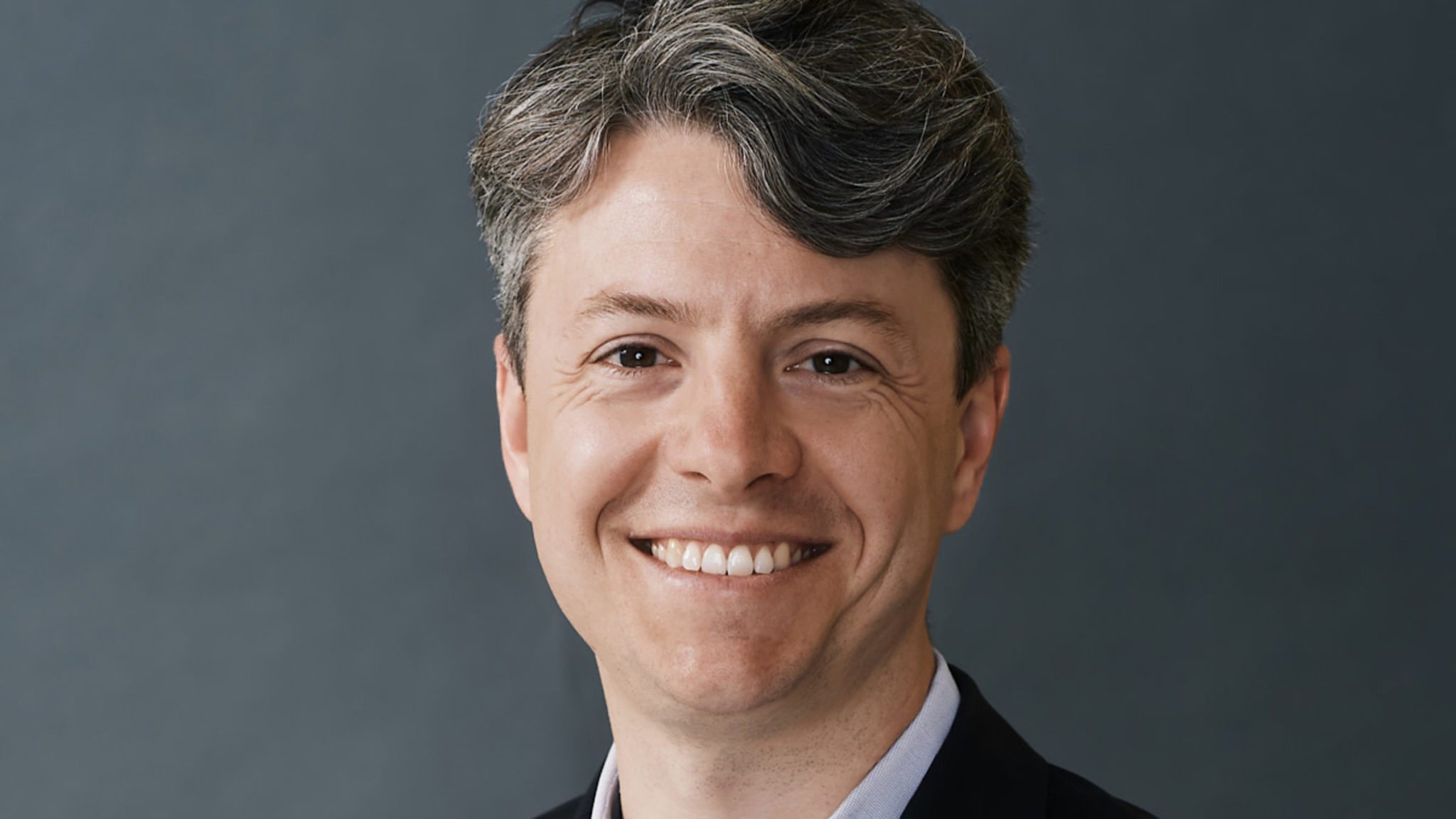
Gene editing upstart backed by Broad star Feng Zhang nabs $135M, blueprinting a platform biotech for the long haul
Image: John Evans. BEAM
Last May, when Beam Therapeutics had its coming out party, complete with $87 million in investment backing, a solid core of 15 staffers and a dream team of scientific co-founders, CEO John Evans was sure they were set for several years of R&D work.
But that’s not the way it played out.
At a time when the money spigot is wide open for the right biotech plans and teams, Beam is announcing that it went back to the venture well to flesh out its syndicate and added a whopping $135 million monster round to the bank. That core team has swelled to 70, with more hires on the way as the executive team prepares to host a staff of 130. And Evans says they are well on their way to creating a pipeline of programs beginning with the 10 preclinical efforts they have underway in newly opened labs.
Unlock this article instantly by becoming a free subscriber.
You’ll get access to free articles each month, plus you can customize what newsletters get delivered to your inbox each week, including breaking news.